
I failed my WSET Diploma unit. Now what?
Learn how to rebound after failing a WSET Diploma unit with strategies for reflection, study adjustments, and a path toward eventual success.
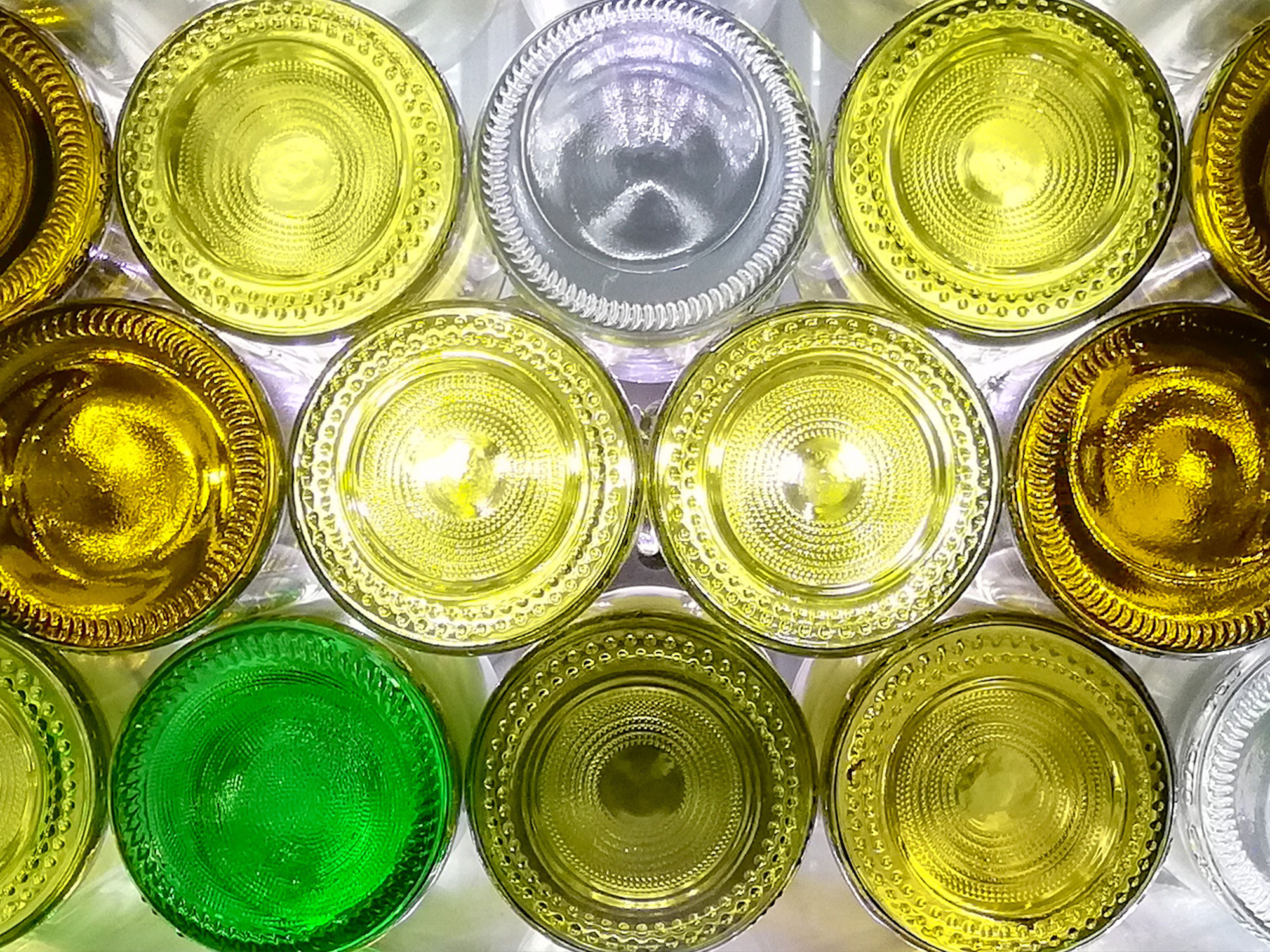
The history of the wine bottle is rooted in innovation, yet today, the growing trend in sustainable packaging leaves many wineries to rethink their strategy.
Personally, I’ll always have a personal preference for glass bottles. I love the weight of the bottle in my hand, the unique shapes and designs, and the sense of quality. Yet, it’s hard to ignore that glass bottles are incredibly energy-consuming to make, heavy to transport, and challenging to recycle.
In this post, I’ll break down a quick history of the modern wine bottle, how its shapes and sizes have influenced the wine world, and what alternative packaging means for the future of sustainable wine.
Using glass bottles began in the 1st century BC when mouth-blown goblets and bottles were first created in the Mediterranean and present-day Middle East. Today, the method has more or less remained unchanged. Common sand, which contains silica, is mixed with tree ashes, known as potash. The two are fired at an intense heat, melting together before being blown into the desired shape.
Glassmaking peaked in the 16th and 17th centuries when it was discovered that adding a small amount of lead oxide made it more malleable, brilliant, and durable. This also allowed elaborate designs to be etched into the glass.
Glass remained a royalty-only commodity until the 19th century, when the ability to mass produce using glass molds made it more affordable. According to PUNCH Drink, European glasshouses designed specific-shaped bottles for wines to distinguish what was in the bottle, as illiteracy was very high. That said, there is somewhat of a method to the madness.
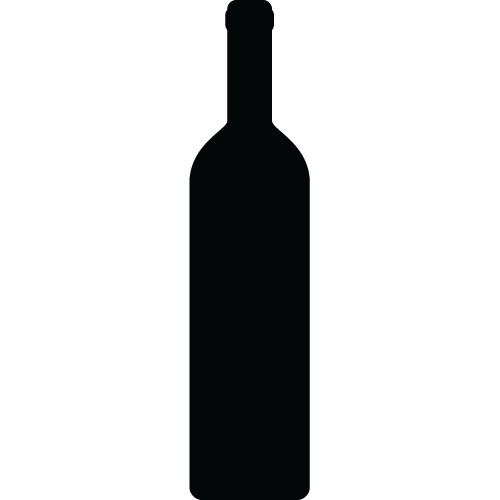
Bordeaux: High-shouldered shaped bottles allow sediment to be easily collected while decanting.
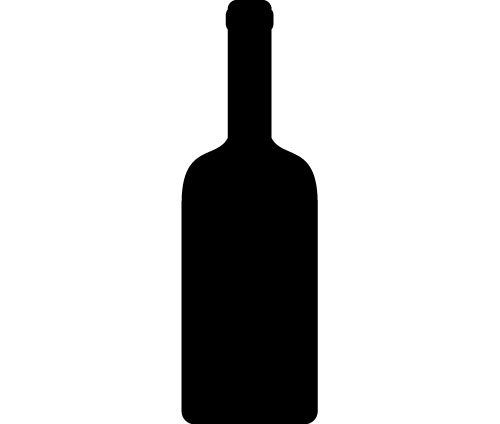
Port: Short, squat bottles could easily be filled from small casks in the local markets.
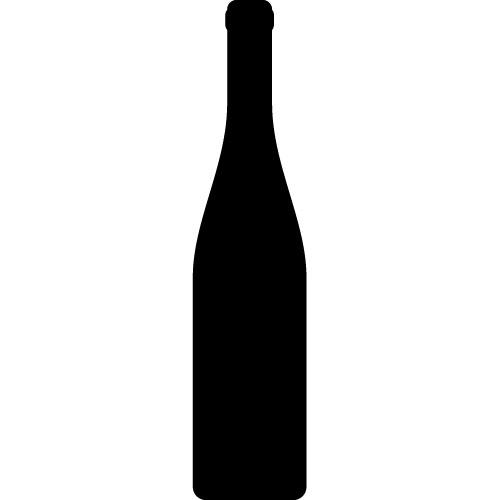
German wines: Narrow, flute-shaped bottles proved easy to transport and stack for cellaring.
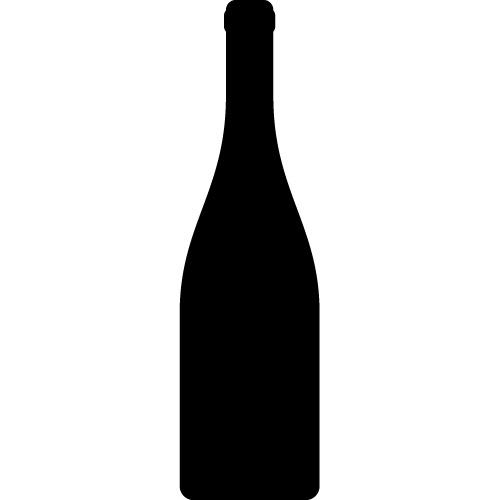
Burgundy: This, well, this was the easiest shape to make.
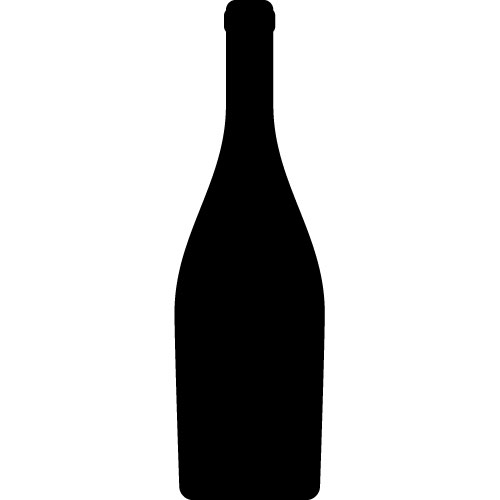
Champagne: Similarly to Burgundy, this was an easy shape to make, though it’s designed to withstand carbonation. Champagne bottles are the heaviest type of bottle and have the largest punt (the upwards rounded bottom), which provides more surface area and, thus, more protection.
Fun fact: If the host of a party in the 17th century was especially wealthy, their banquet glasses might be designed with a rounded bottom and no stem. This made for a lively party as the cups had to be completely empty before you could set them down, lest they spill. This was the forerunner to the modern tumbler!
Here’s a breakdown of the current popular methods of alternative packaging for wine.
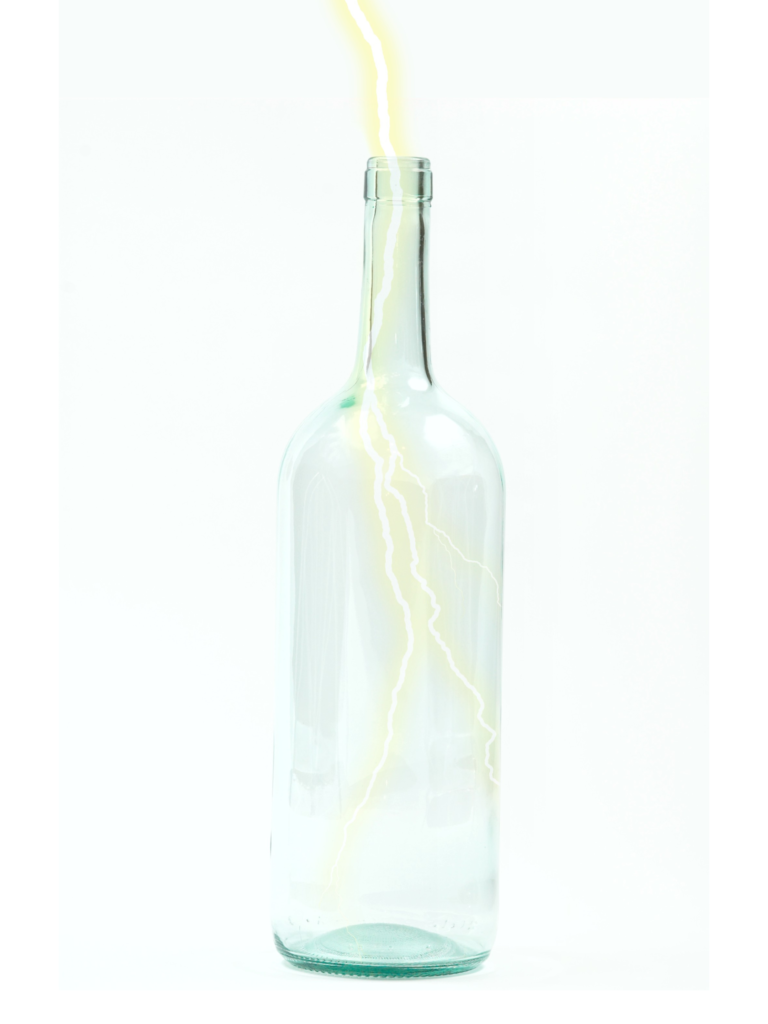
Not everyone is willing to abandon the glass bottle entirely. Many companies strive to make lighter-weight glass bottles with the same durability and quality while reducing carbon emissions.
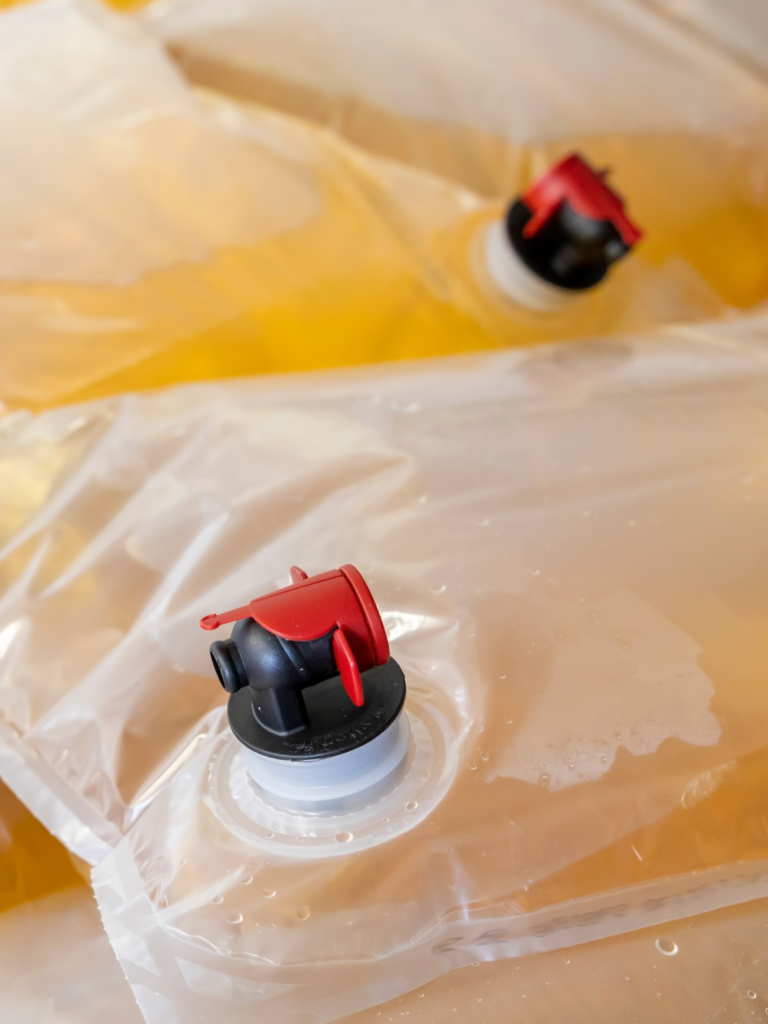
Boxed wine has always gotten a bad rap, yet it’s rapidly growing in popularity, especially in the Australian wine market. Not only is it easy to transport, but it’s cost-effective since most boxes contain 3-4 bottles of wine. It also provides an airtight seal, helping to preserve the wine for longer than a cork.
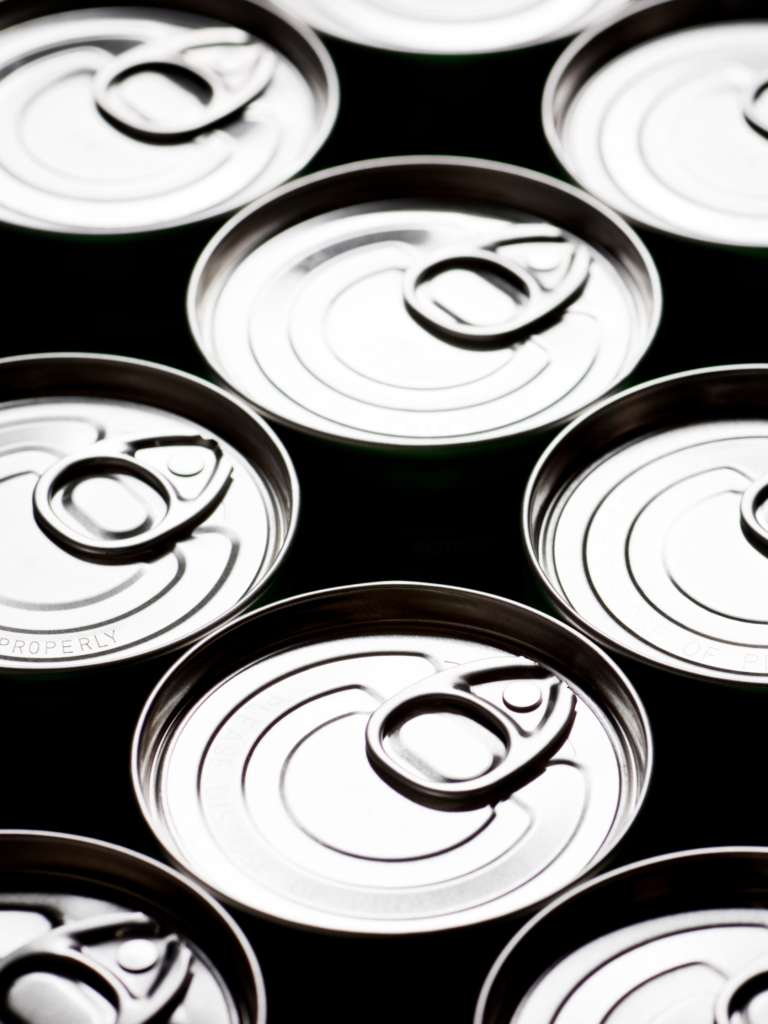
Canned wine is perhaps the quickest-growing alternative packaging. It’s incredibly lightweight, airtight, and–opposite of boxed wine–allows drinkers to enjoy two glasses without the pressure of opening an entire bottle. Aluminum is also far less energy-consuming to recycle than glass.
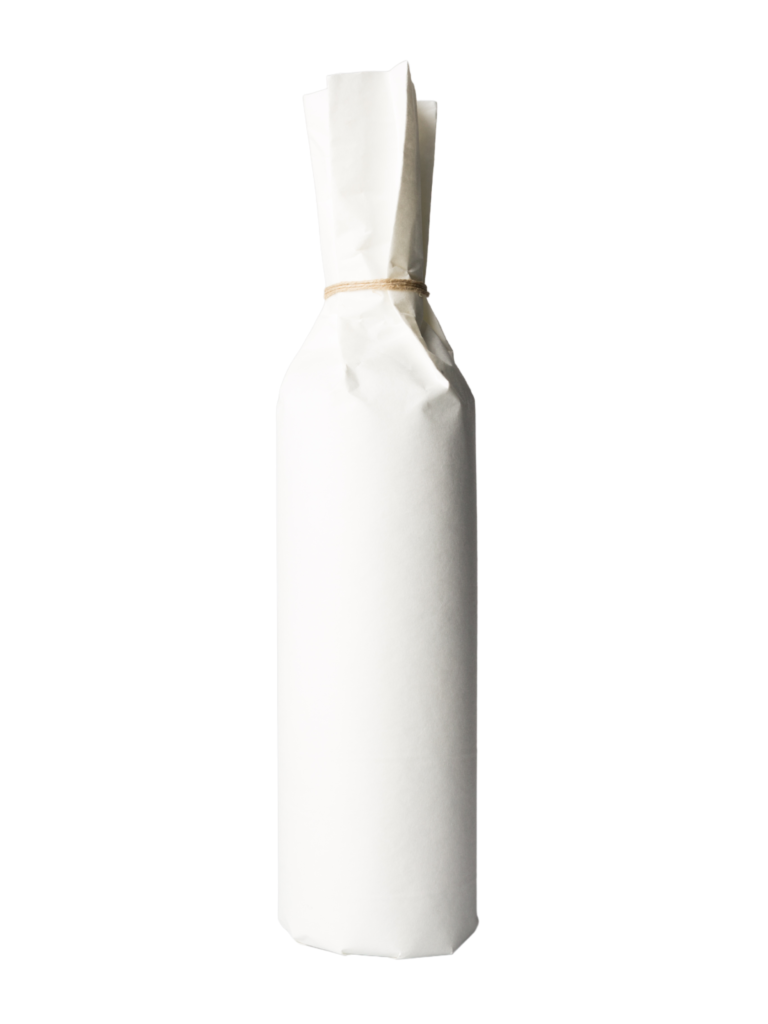
Perhaps the best of both worlds? While still in its infancy, some winemakers are using paper wine bottles–often made with mostly recycled paperboard–as a lightweight alternative that doesn’t (entirely) compromise on the aesthetic of a classic wine bottle.
If there’s anything we learned from the popularity of the screwcap, it’s that the movement toward sustainable packaging means quality is no longer determined by tradition!


Learn how to rebound after failing a WSET Diploma unit with strategies for reflection, study adjustments, and a path toward eventual success.
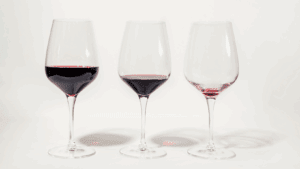
Explore how the wine industry is embracing mindful drinking: prioritizing quality over quantity, offering lower-alcohol options, & fostering intentional consumption for a healthier lifestyle.
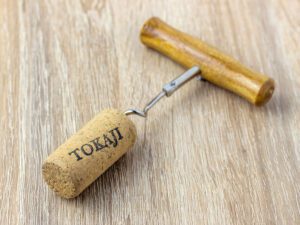
Explore Tokaji’s diverse wine styles, from the intensely sweet Eszencia and Aszú to the refreshing dry Furmint, each showcasing unique flavors and aging potential.
No matter your current skill level, we can help you improve – pass that exam, share your wine knowledge with others, guide your buyers, enhance your guests’ experience, and show up with confidence and credibility as a wine professional!
Feeling overwhelmed by everything there is to study in wine?
Struggling to stay consistent with tasting, or make it feel purposeful?
Craving connection with others who get what you’re working toward?
Let’s make studying wine less overwhelming, more consistent, and fully enjoyable!
Enter your email below to join our wine newsletter, where we share expert tips, study tools, tasting insights, and updates to support you on your wine journey!
By submitting, you are consenting to receive marketing emails from The Grape Grind. You can unsubscribe at any time.
Want to get better at tasting wine?